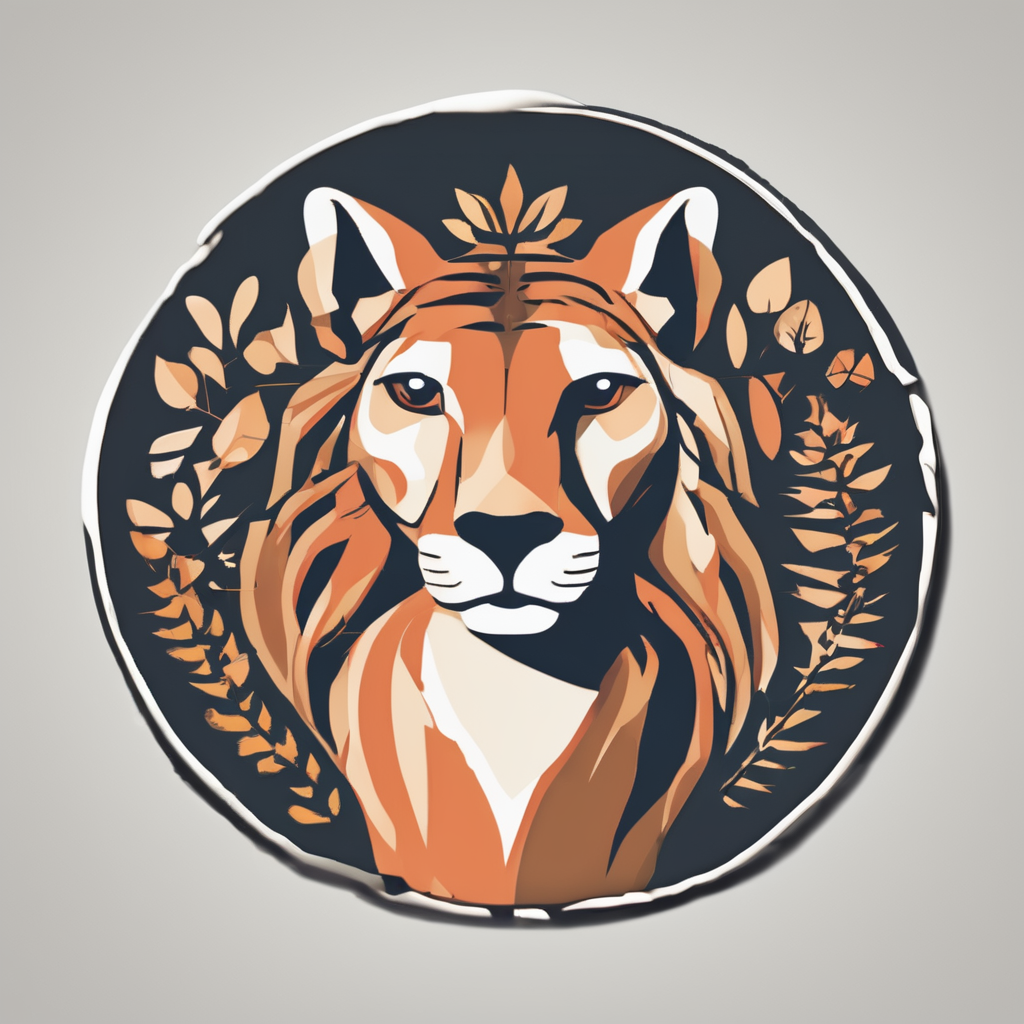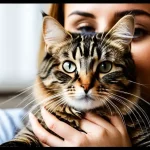Overview of Cat Myths in the UK
In the UK, cat myths form a fascinating part of British cultural heritage. These cat superstitions date back centuries and often reveal how deeply cats are woven into folklore. For example, black cats are widely associated with both luck and misfortune, varying notably depending on the region. In some parts of Britain, a black cat crossing your path is thought to bring bad luck, while in others, particularly in Scotland, it is seen as a lucky omen.
British cat folklore also includes tales about cats protecting homes from evil spirits and bringing prosperity. Regional beliefs further highlight these differences; in Cornwall, cats are sometimes believed to be mystical guardians, whereas Northern English traditions might depict cats as witches’ familiars. These regional variations underscore the richness of UK cat myths.
In the same genre : How Do Cats Adapt to Urban Living in the UK?
Such stories not only entertain but also shed light on historical attitudes towards cats. Exploring these intricate beliefs uncovers the important symbolic role cats play in British cat folklore, reflecting local customs and values.
Common Myths About Cats in the UK
Cats have long been entwined with traditional cat beliefs throughout the UK. One of the most enduring is the dual reputation of the black cat superstition UK. In some regions, a black cat crossing your path signifies good luck, while in others, it’s seen as a harbinger of bad luck. This paradox stems from historically diverse cultural influences.
In the same genre : What Are the Health Benefits of Having a Cat as a Pet?
For example, sailors often believed black cats aboard ships brought safe voyages and protection, linking cats to good fortune at sea. Conversely, in some village legends, black cats were thought to be familiars of witches or supernatural creatures themselves, thus associated with misfortune or dark magic.
Across many parts of the UK, cats overall have been viewed as omens or guardians. The idea that cats can predict or influence luck remains strong in folk tales. People might interpret a cat’s unexpected behavior as a sign of upcoming events—good or bad.
Understanding these cats and luck UK superstitions reveals layers of folklore that continue to captivate, blending fear and affection toward these enigmatic animals.
Historical Origins of UK Cat Myths
Unraveling the cat myth origins UK reveals deep ties to medieval Britain’s belief systems. During this era, cats were often entwined with folklore history UK as mysterious creatures capable of supernatural influence. The black cat, in particular, became emblematic of bad luck and witchcraft. This association gained momentum during the witch trials, where cats were sometimes considered witches’ familiars, believed to harbor evil powers or assist in curses.
Historical events such as the plagues also shaped the history of cat superstitions. Cats’ roles as rat hunters made them both feared and valued, creating contradictory myths that viewed them as protectors and harbingers of doom. Over the centuries, these early perceptions evolved, blending superstition with cultural shifts, leading to varied myths that persist today.
Understanding this history helps clarify why cats remain enigmatic figures in UK culture. Their portrayal is not just random but rooted in centuries-old fear, respect, and mythology surrounding animals that lived alongside humans yet remained mysterious.
Reasons Behind the Persistence of Cat Myths
Cats have been surrounded by myths for centuries, and understanding why cat myths persist requires examining both social and psychological elements. One key reason lies in the psychology of superstitions. Humans naturally seek patterns and explanations, often filling gaps in knowledge with stories—this cognitive bias helps myths endure.
Societal beliefs about cats also play a vital role. Historically, cats’ elusive and nocturnal behaviour made them mysterious figures, which cultures interpreted through a lens of fear or reverence. These stories were passed down through oral tradition, reinforcing beliefs over generations.
Moreover, these myths influenced community behaviour, establishing social norms around cats. For example, some cultures viewed cats as guardians, while others saw them as malevolent. Such societal views affected how people treated cats, embedding these ideas deeply into collective consciousness. This intersection of psychology, storytelling, and social practice explains not only why cat myths persist but also their lasting impact on human-cat relationships.
Modern Perspectives on Cat Myths in the UK
In contemporary British society, modern beliefs about cats in the UK show a marked shift from longstanding superstitions. Many Brits today are more inclined to separate myth from fact, understanding that old cat legends—such as black cats bringing bad luck—are largely unfounded. This growing awareness reflects an evolution in how Brits view cat myths today: as cultural heritage rather than literal truth.
This separation of myth and reality is important because it influences everyday interactions with cats. Homeowners and cat lovers alike recognize their pets as companions, not omens. The role of cats in UK homes has expanded beyond folklore; they are cherished family members and popular figures in social media, literature, and art. This positive cultural presence further helps debunk cat superstitions by showcasing cats’ affectionate and playful nature.
By acknowledging this shift, Brits contribute to a broad acceptance of cats that emphasizes their well-being and companionship, rather than fear or superstition. Thus, the changing modern beliefs about cats in the UK represent a fresh, informed attitude embracing these animals as valued friends.
Addressing Inaccuracies and Scientific Understanding
Scientific research has played a crucial role in debunking cat myths long held in the UK and beyond. Many traditional beliefs about cats, such as their supposed aloofness or bad luck associations, contradict growing evidence about their complex social behaviours and positive impacts on human wellbeing. For example, studies show cats form strong bonds with owners and can provide emotional support, disproving myths that they are indifferent companions.
Regarding health and welfare, science reveals that common misconceptions about feline behaviour can sometimes harm cats. Clear understanding of signs of stress, nutrition needs, and natural instincts is essential for responsible care. Knowledge gaps may lead to neglect or improper treatment, highlighting the need for evidence-based insights.
For those seeking trustworthy information, reputable organisations such as veterinary associations and UK-based animal welfare charities offer up-to-date facts. Engaging with science and cat facts vs myths enables owners and enthusiasts to better appreciate feline nature, ensuring welfare is prioritised and outdated myths do not hinder proper care. This science and cat beliefs UK approach fosters a more informed, respectful connection between humans and cats.


